Early Electronic Music
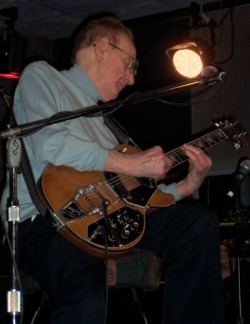
Les Paul is most recognized for the electric guitar.
Designed and built the first solid body electric guitar in 1941.
In 1952 the Gibson company agreed to produce and market the instrument.
The Gibson "Les Paul" was the best-selling guitar in the world and still remains popular today among professional guitarists.
Les passed away in August of 2009.
Multitrack Recording
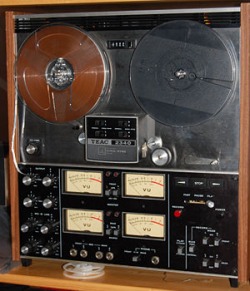
Les Paul developed in his home studio, a way to synchronize eight separate tape recorders together.
This allowed him to record multiple parts or "tracks" one at a time while listening to the previously recorded parts.
In 1948 Capitol Records released a single consisting of two songs and the record was the first to employ multitrack recording.
Design concept was sold in 1954.
By the late 1950s manufacturers were marketing multitrack recording decks.
Les Paul Revolutionized the music industry with this concept.
The RCA Synthesizer

The RCA Synthesizer Mark 1.
First true studio synthesizer.
Introduced in 1955.
Was also called the Olson-belar sound synthesizer after it’s inventors Harry Olson and Herbert Belar.
Large instrument.
Was a complete modular system that could generate, modify, process and play back complex sounds.
RCA Mark 2 Synthesizer
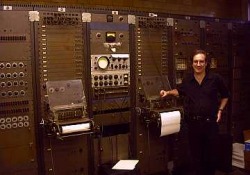
The RCA Mark 2 was an improved version of the instrument.
Funded by RCA and installed at the Columbia-Princeton studio in 1959.
Non-real time instrument-could not sit down to play instrument.
Composer would encode each desired sound onto binary-coded paper tape.
Tape was fed into synthesizer which would interpret the coding and play the sounds.
Age Of Modern Synthesis
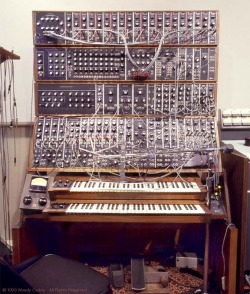
Arrival of affordable transistor, a revolution in the design of electronic musical instruments began in the mid-1960s.
Most important development was Robert Moog’s invention of Moog Synthesizer.
Sounds were created by manually setting knobs of each module
Modules were connected together into various configurations with patch cords.
Once a patch was created, notes could be played in real time.
Instrument was monophonic-play one note at a time.
Only way to create chords or “polyphony” was to make multiple passes (overdubs) on a multitrack tape recorder.
Wendy Carlos made a famous recording of the Moog synthesizer-”Switched on Bach”, recorded in 1968.
Interpretation of J.S. Bach’s music popularized the synthesizers.
Remains one of the best-selling electronic music recordings of all time.
Listening Guide
Wendy Carlos' Switched On Bach Recorded in 1968 on the Moog Synthesizer.
Was an innovative interpretation of J.S. Bach's music.
Became the fastest-selling classical album at the time.
Still remains one of the best-selling electronic music recordings of all time.
Wendy is one of the great innovators in synthesized and electronic music.
Digital Technology in an Analog World
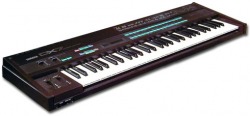
Components in the Moog Synthesizer were analog, voltage-controlled components.
Through the 1970s, more and more synths began using digital components.
Difference between analog and digital:
Analog allows for completely continuous change.
Digital being based on numbers, changes by discrete steps. Uses 1’s and 0’s.
A dimmer switch=Analog
3-way switch=digital. Only three possibilities with no steps in between.
Synthesizers are now completely Digital and polyphonic-Instruments capable of playing more than one note at a time.
128 note-256 note polyphony.
Advantage of being able to easily and reliably store settings, more accurate and consistent in their sound than analog components=Programmable synthesizers.
Sequential Circuits Prophet 5 Synthesizer was produced in 1978 as the first completely programmable synthesizer.
Some still prefer analog components-Recent rebirth.



